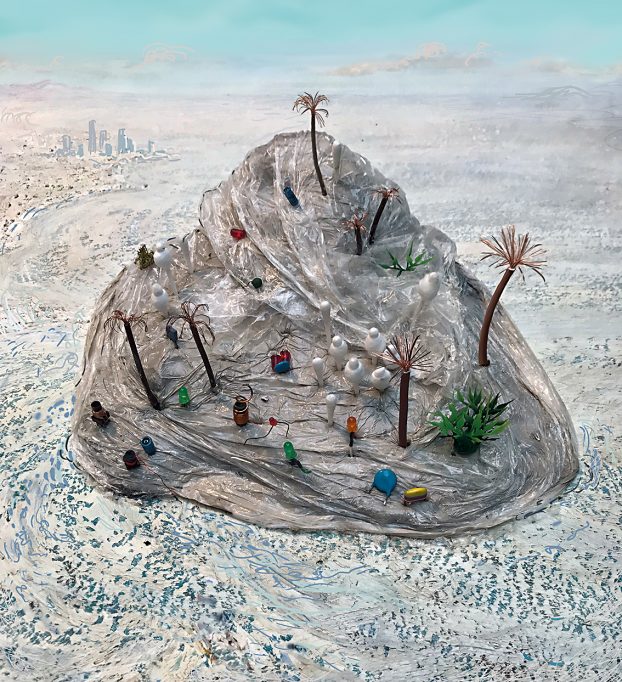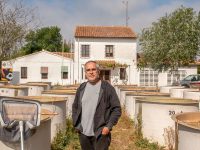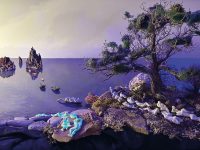
Illustration: Anna Sanchis
Oxygen is a toxic gas. For anaerobic organisms, I mean. The Archaea and bacteria of the Archaean period excreted it as a metabolic waste product. They sent it as far away as they could, mostly into the reducing atmosphere of the time. They kept their immediate environment in a healthy anaerobic condition, with sulphur, methane, and other healthy compounds. Oxygen was a dreadful gas that, at the time, would have deserved to be badmouthed by any environmentally conscious anaerobic prokaryote.
Things have changed. Today, anaerobes occupy marginal niches and aerobes – either eubacteria or eukaryotes – dominate the biosphere. And that is because opportunistic bacteria were able to take metabolic advantage of that abundant, polluting oxygen. They learned to live aerobically. They gradually gave rise, probably by symbiogenesis, to nucleated protists that eventually became metazoans like ourselves. That is why we humans like to breathe air rich in that once opprobrious residual oxygen, air free of sulphur and nitrogen oxides. Pure air, we say. That looks like a fascinating evolutionary process to me.
In any case, being the aerobic metazoans that we are, we never stop making a mess of everything. We pollute the air, water, landm and seas. It was not so bad when there was only a few of us, pre-industrialised. But it is too much now, burning fossil fuels and pouring in synthetic products that are indigestible at the moment. The oceans have become a storehouse of plastics and durable waste that accumulate like the Archean’s atmospheric oxygen. In the middle of the Pacific Ocean, a couple of huge banks of supernatant debris have been detected (and also in suspension up to 200 m deep), extending over many thousands of square kilometres. The Kuroshio and California currents have been concentrating these shelves in the central North Pacific, between latitudes 35–42°N and longitudes 135–155°W. US oceanographer Curtis Ebbesmeyer calls them the Eastern Garbage Patch (EGP). Even worse, much of this plastic debris fractures into micro- or nanoparticles that can be ingested by marine organisms. This oceanic soup has already reached concentrations equivalent to those of local zooplankton in some areas. Dutch ecotoxicologist Andre Dick Vethaak has already detected traces even in the bodies of humans.
Researchers have just reported in Nature Communications (2021) that this supernatant waste is being colonised by a host of pelagic organisms, many of them previously only coastal organisms. They form neopelagic communities that live permanently in the open ocean above the EGPs: barnacles (Lepas anatifera), crabs (Planes major), bryozoans (Jellyella tuberculata), hydrozoans (Aglaophenia pluma), anemones (Anthopleura sp. ), amphipods (Stenothoe gallensis), etc. For the moment, the supernatant banks are only a physical support, but we can wonder if some ingenious archaean or prokaryote will not also end up exploring metabolic pathways capable of taking advantage of the oceanic soup of microplastics, currently as annoying as the detestable archaean oxygen (and, synthetic as it is, more difficult to digest, of course).
Life is a box of tools that saw, file, cut, twist, and rivet as needed. There is a vast array of organisms ready to exploit any opportunity. Obviously, we cannot rely on these capabilities to solve all of our inadequacies and increase our already rather excessive carelessness, but we can expect some surprising adaptations. It would not be much more surprising than finding aerobic creatures in an anaerobic world. In the meantime, in any case, we had better act more sensibly than we have so far. Who knows whether microplastics will be foodstuffs in the future. For the moment, however, they are no more than a disturbing nuisance. The timescale, moreover, is playing against us.





